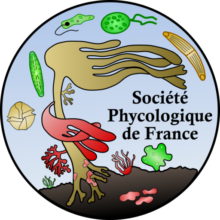Immersion in the heart of algae
Photography exhibition The French Phycological Society has a collection of 32 magnificent photographs of macro- and microalgae, taken by Erwan Amice, Wilfried Thomas, Sébastien Colin and Marie Walde. These photographs have been printed on rigid aluminium supports for the 8th European Phycology Congress in Brest-Arena in 2023. Exhibition dates and venues:Read More →
